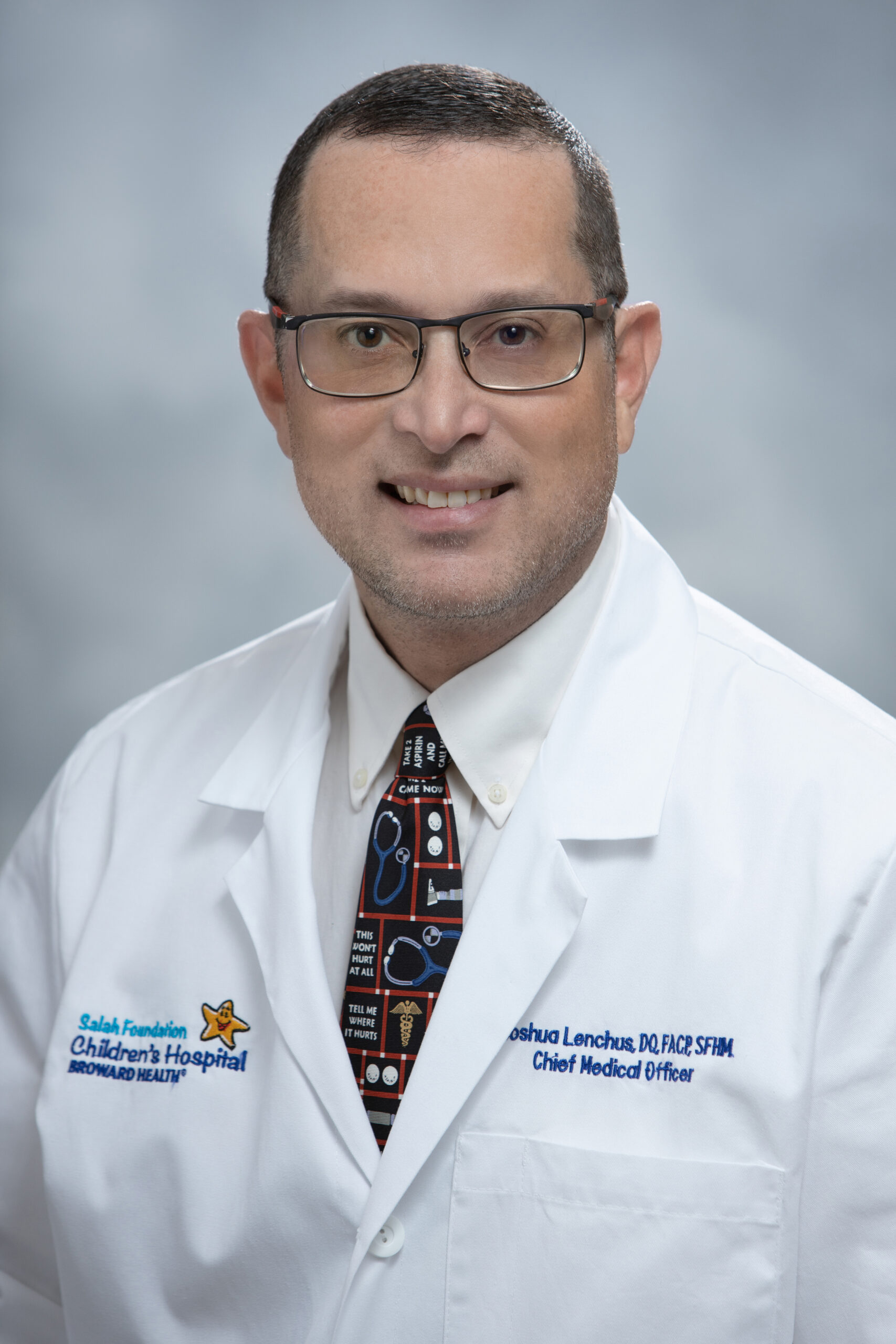.jpg) One of the areas of focus in this month’s edition is a salute to doctors. As the Director of Research for the Florida Heart Research Institute, please permit me to cast my ballot for unsung heroes of the medical profession – the countless thinkers, investigators and teachers who provide the intellectual fuel to keep the profession moving. We may hear about one or two when Nobel Prizes are awarded, but no advance in medicine is made without the contribution of hundreds of dedicated doctors and scientists (the two are not mutually exclusive).
One of the areas of focus in this month’s edition is a salute to doctors. As the Director of Research for the Florida Heart Research Institute, please permit me to cast my ballot for unsung heroes of the medical profession – the countless thinkers, investigators and teachers who provide the intellectual fuel to keep the profession moving. We may hear about one or two when Nobel Prizes are awarded, but no advance in medicine is made without the contribution of hundreds of dedicated doctors and scientists (the two are not mutually exclusive).Who was Roy Calne? You have probably heard of Christian Barnard, who performed the first successful human heart transplant in1967. You may have even heard of Norman Shumway, who was undaunted by the early failures of immunosuppression and helped to develop the science and technique of heart transplantation to the point where it could become a clinical reality. But who then was Roy Calne? Roy Calne was working with Sandoz, a drug company in Switzerland that had developed an antifungal antibiotic, which, upon testing, was found to have an unfortunate side effect that seemed to preclude safe clinical usage—it suppressed the patient’s immune system. Rather than discarding the drug, Calne appreciated that this medication might help facilitate transplantation – and the field of heart transplantation, which had fallen into clinical disrepute because of the incredibly high mortality from immune rejection, now became a clinical reality.
Who was Werner Forssmann? You may have heard of Andreas Gruentzig, who reported his success in dilating coronary artery narrowings with a kitchen made balloon catheter at a poster session of the American Heart Association meetings in 1977, giving birth to the now massive field of percutaneous coronary interventions. You may have even heard of Mason Sones, who was studying the aortic valve of a patient in the catheterization laboratory of the Cleveland Clinic in 1958 when the catheter accidentally lodged in the orifice of the right coronary artery, and the subsequent injection of dye gave a beautiful picture of the aterial lumen. The patient became asystolic and required a brief resuscitation. Dr. Sones subsequently studied video engineering, dye chemistry, and optical image amplification to perfect the procedure which has become the gold standard of coronary artery diagnosis. But who was Werner Forssman? In 1929 he ignored the orders of the chief of service and placed a ureteric catheter in his own antecubital vein and threaded it to his heart, where he injected dye and took Xray’s. He was subsequently dismissed from his position at Berliner Charite Hospital, only to receive the Nobel Prize in 1956, along with Andre Cournard and Dickinson Richards for the birth of cardiac catheterization.
Who was Ignaz Simmelweiss? You likely have heard of Louis Pasteur, the French chemist and microbiologist who developed the germ theory of disease. You may have even heard of Joseph Lister, who introduced sterile technique and sterilization of surgical instruments in Glasgow Scotland in 1867. But who was Simmelweiss? This Hungarian physician recognized that women were dying of puerperal infection in the obstetric wards of Vienna General Hospital. The rate was three times that found with the midwives. He introduced hand-washing with chlorinated lime solutions in 1847 and reduced the infection rate from 35% to 1%, and published his findings. Because his hypothesis conflicted with the established medical opinion of the time, he was ostracized and ultimately died in an asylum, only to have his findings explained and validated by Pasteur and Lister, and his practices adopted universally by the medically profession.
Dig beneath the surface of any of our treasured medical advances and the stories will be the same – a recognized need, an unusual observation, an unforseen connection, an unorthodox approach. Never is there one person in isolation – each builds on the work of countless others whose contribution may not even be recognized, or recognizable at the time. Therefore, it is to all of these physicians whose dedication to the science and practice of medicine may not be readily known or understood, but whose efforts lay the foundations for our future advances, we, the researchers and educators of the Florida Heart Research Institute salute you and applaud your efforts to create the medicine of tomorrow.


























